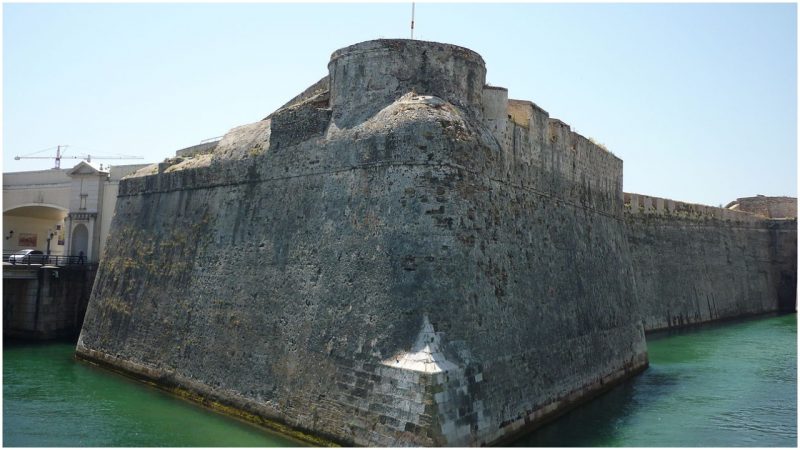Military history has witnessed some epic sieges: long, painful ordeals where cities and castles have been surrounded, bombarded and starved into submission. Siege warfare has been waged, in various forms, for thousands of years, and remains an effective strategy for conquering well-fortified strongholds.
Surviving a siege is a matter of luck and patience. In this respect, perhaps the most resilient city in history has to be Ceuta, a small stronghold on the coast of North Africa, which survived the longest and most epic siege ever recorded.
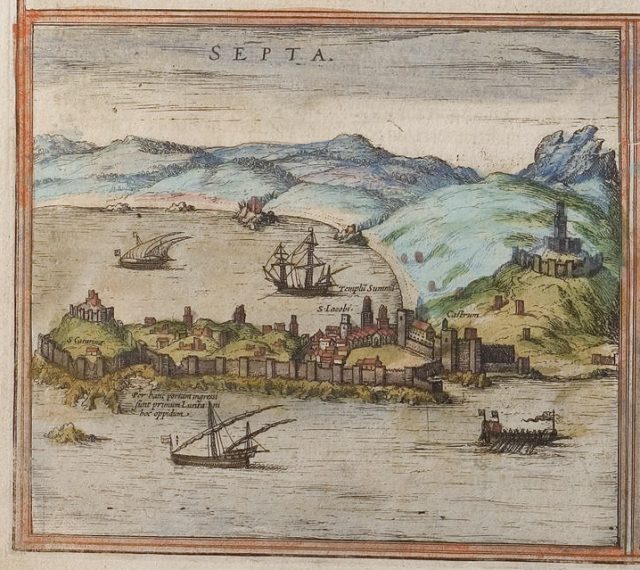
At the end of the 17th century, this small Mediterranean outcrop endured a siege of 26 years, only to immediately suffer another seven-year-long bombardment just a few months after the siege was lifted.
This epic battle makes it into the history books as the longest ever siege, closely followed by the battle of Candia, a city in Crete that was besieged by the Ottomans for 21 years.

According to the BBC, in 1694 Ceuta was in Spanish hands, having previously been a Portuguese domain within the Iberian Union. The Spanish had dominated the Western Mediterranean during the 17th century, but in the 1670s, the rise to power of a new Moroccan sultan began to challenge their hegemony.
Moulay Ismail ibn Sharif was proclaimed the Sultan of Morocco in 1672, and he soon earned a reputation as a formidable military strategist. He successfully campaigned against the Ottomans and European powers in North Africa and restored a number of key cities to Moroccan control, including Tangiers, Larache and Asilah.

According to historian James Brown, in 1694 he set his sights on Ceuta and dispatched his general, Ali bin Abdullah, to surround the city. The Moroccan forces attacked the city in full force but made little headway, and so settled themselves in for the long haul. They cultivated the land around the city, ensuring that they would remain well supplied, and waited for weaknesses to show in Ceuta defenses.
Somewhat surprisingly, Ceuta proved to be remarkably resilient. Despite some Moroccan incursions, the city remained in Spanish hands, supported by supply chains from the Iberian Peninsula via Gibraltar.

Facing a sustained Moroccan offensive, the rulers of the city appealed to the king’s court in Madrid for support. The king responded by sending troops from the south of Spain and Portugal.
This strategy proved to be counter-productive. Ceuta had previously been a Portuguese stronghold, and many Portuguese felt that it should have fallen to them after the dissolution of the Iberian Union in 1640.
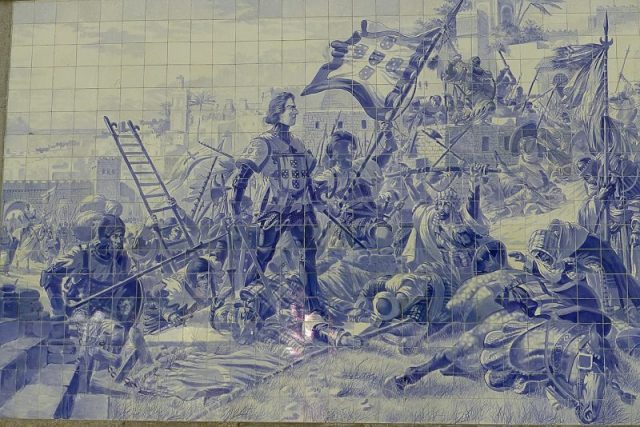
Friction between the Spanish and Portuguese troops was so bad that the Portuguese withdrew without having fired a single shot at the Moroccan besiegers.
Spanish fortunes took a further turn for the worse when Gibraltar was captured by the English in 1704. With their supply lines cut off, the future appeared bleak for the defenders of the city. However, the Moroccans were still unable to make any headway against the resilient defense of the city, and Ceuta held on.
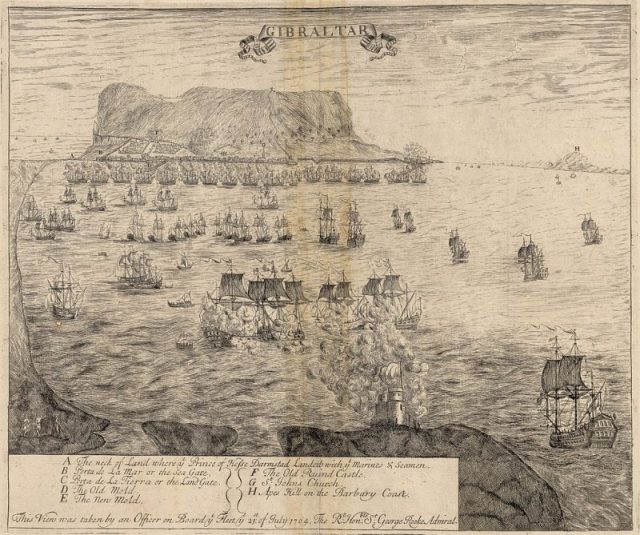
The turning point of the siege finally came in 1720, when political and territorial losses in Italy forced the Spanish crown to turn its attention towards the North African stronghold.
The Marquis of Lede arrived in Ceuta with a large supply of reinforcements, and pushed the Moroccans back. He successfully entered the city, and for a moment, it appeared that the patience of the inhabitants had paid off. They had survived 26 years: the longest siege in history.
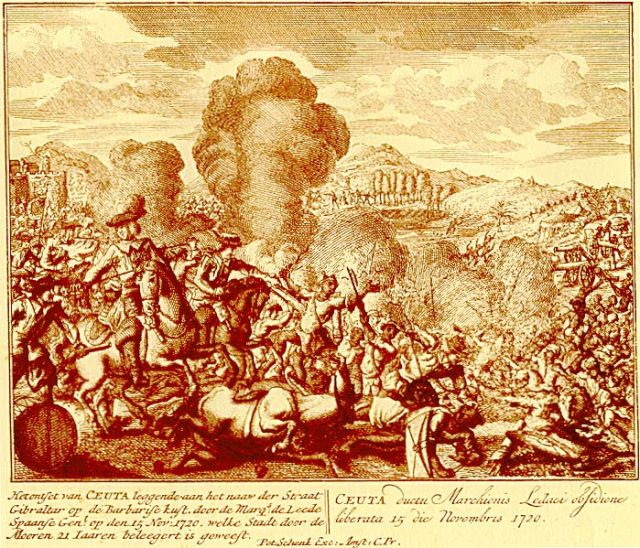
However, the twist in the tale came just a few months later when plague decimated the city of Ceuta. The Marquis of Lede fled, along with his army, and the siege was immediately reinstated by the Moroccans.
The beleaguered residents of Ceuta endured yet another seven years of attack, grimly holding on to their territory despite superior Moroccan military strength.
Respite for Ceuta only came with the death of Moulay Ismail, which triggered a succession crisis in the kingdom of Morocco. As other priorities emerged, the Moroccan troops withdrew, leaving the city weak and impoverished, but still in Spanish hands.
Read another story from us: 5 Stories of Escaped Slaves who Made it to Freedom and Success
The defense of Ceuta has gone down in history as one of the most epic sieges of all time. Over 33 years, the people of the city endured almost constant bombardment, but Ceuta survived to tell the tale. This is one colonial holding that the Spanish have always been unwilling to relinquish.
